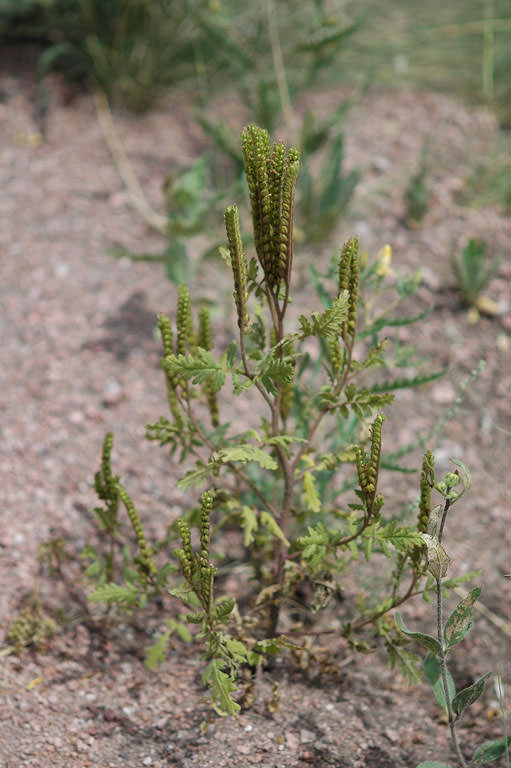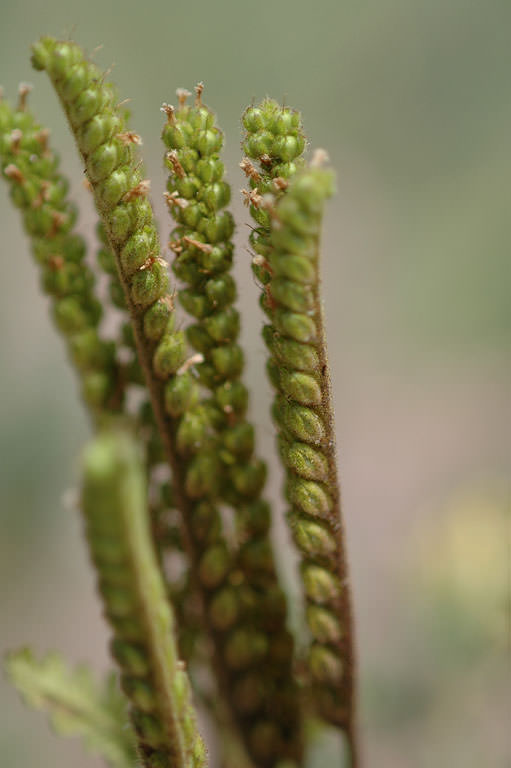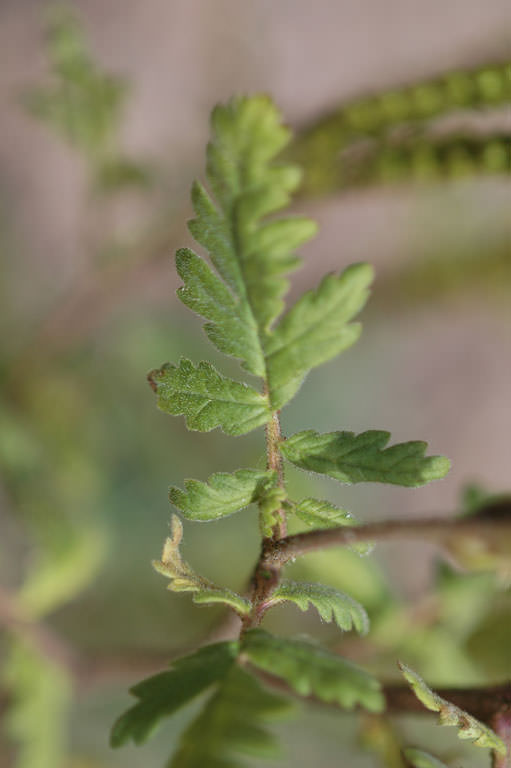Scientific Name : Phacelia denticulata
Author : Osterhout![]() NatureServe Explorer
NatureServe Explorer
Common Name : Rocky Mountain Phacelia
![]() Current Research Activities
Current Research Activities
Click link below for details.
Taxonomy
Hydrophyllaceae (waterleaf family)
Ranks and Status
State Rank : S3
State Rank Reason : Phacelia denticulata is found in 15 counties in central Colorado, USA. As of 2022 there are 52 occurrences documented in the Colorado Natural Heritage Program database, however, 31 of the occurrences have not been observed in over 20 years and revisits to historical locations are needed to fully understand the species status. Potential threats include non-motorized recreation, competition from non-native invasive plant species, trail and/or road maintenance and construction, and long term drought resulting from climate change.
U.S. Endangered Species Act : none
Colorado Threatened and Endangered List : none
Other Statuses : none
Description and Phenology
General Description:
Taprooted annuals, 0.5-5.4 dm tall. Stems are bristly and glandular-stipitate. Leaves are 1-7.5 cm long, pinnately cleft or divided. Flowers light blue, the lobes denticulate. Stamens included (not exserted) in flowers (Ackerfield 2015).
Look Alikes:
Distinguished from other Colorado Phacelia species by its annual habit, light blue flowers, denticulate corolla lobes, and stamens not exserted (Ackerfield 2015).
Phenology:
Flowers June-July. Flowering and Fruiting June-September (Colorado Natural Heritage Program 2012).
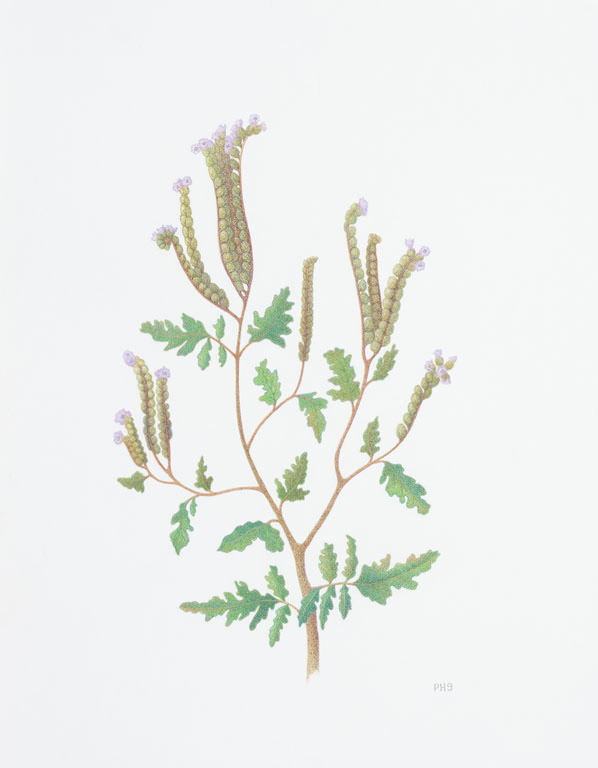 |
Habitat
In Colorado, this species has been found in sandy and rocky soils, typically in lightly disturbed areas such as loose soil on the sides of recently constructed trails, or along gullies. It has also been found on steep forested mountainsides with boulders and rocky outcrops. Dominant plants associated with this species are Pseudotsuga menziesii, Pinus ponderosa, Cercocarpus montanus, Hesperostipa neomexicana, Achnatherum hymenoides, and Chondrosum gracile. Other associated species include Artemisia frigida, Phacelia alba, Eriogonum umbellatum, Opuntia polyacantha, Krascheninnikovia lanata, Muhlenbergia montana, Quercus gambelii, and Danthonia parryi.
click on image to enlarge
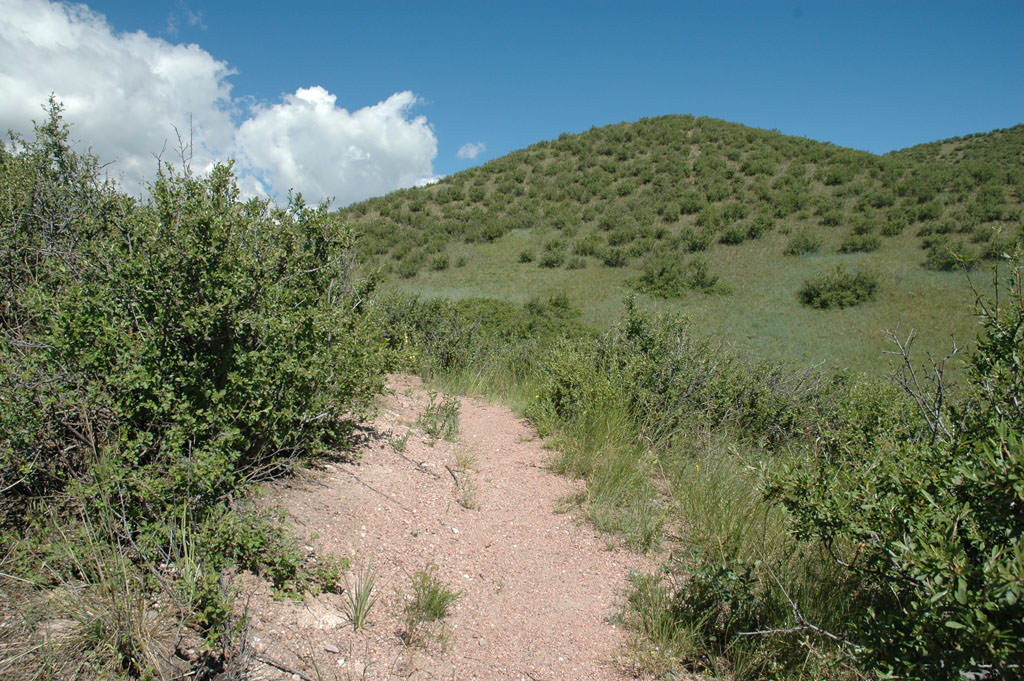 | 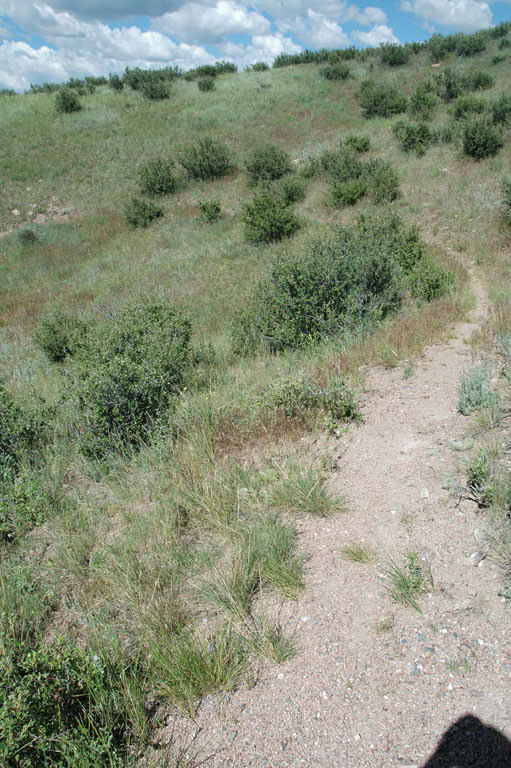 | 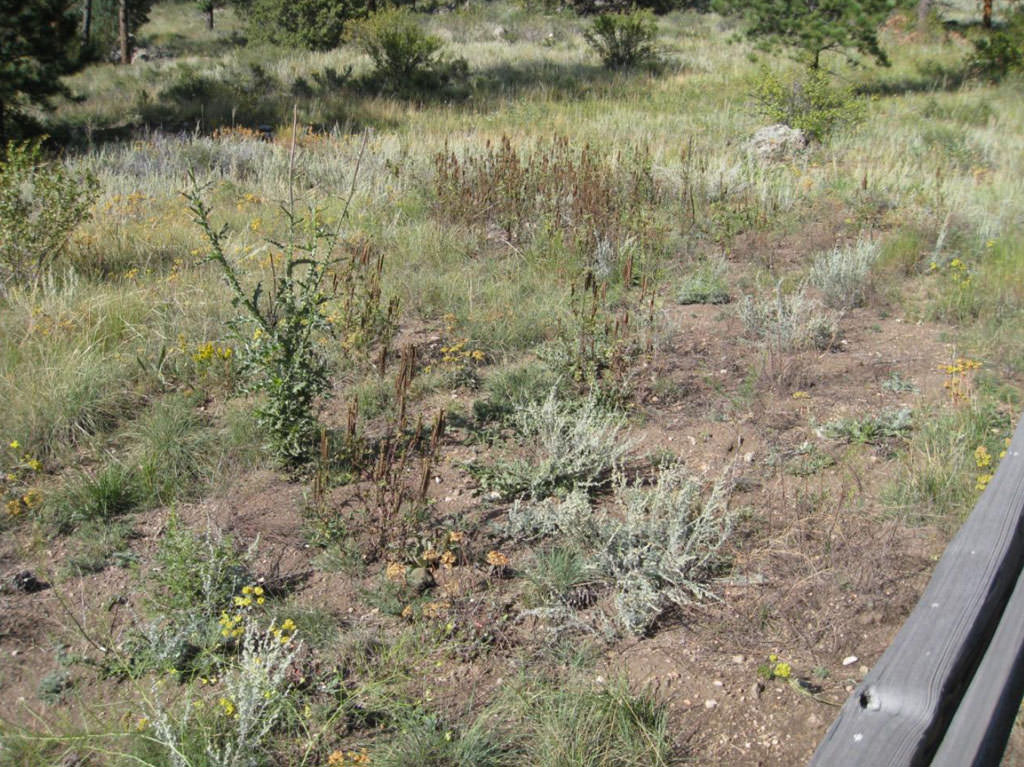 |
Elevation Range:
4,440 - 11,530 feet (1,353 - 3,514 meters)
Distribution
Colorado Endemic:
No
Range:
Phacelia denticulata is known from Boulder, Chaffee, Clear Creek, Conejos, Costilla, Custer, El Paso, Fremont, Huerfano, Jefferson, Larimer, Las Animas, Park, Saguache, and Teller counties in Colorado. This species is a regional endemic of central Colorado, northeastern New Mexico, USA, and southeastern Wyoming. Estimated range extent in Colorado of 66,585 square kilometers was calculated in GeoCAT using occurrence data provided by the Colorado Natural Heritage Program (2022).
 Click on map to enlarge |
Threats and Management Issues
Primary land use in the immediate vicinity of Phacelia denticulata occurrences appears to be non-motorized recreation, although only a fifth of occurrences provide information on site specific management concerns. Trampling by recreationists could be a problem at some locations as well as competition from non-native invasive plant species; trail and road maintenance and construction activities may also impact some sites. However, Phacelia denticulata is an annual plant that usually appears after soil disturbance and has been observed on the sides of recently constructed trails (CNHP 2022). Invasive non-native plant species have been observed in or near occupied habitat, including cheatgrass (Bromus tectorum), yellow toadflax (Linaria vulgaris), and leafy spurge (Euphorbia eusula). Longterm drought and habitat shifting and alteration related to climate change are also a concern.
References
- Ackerfield, J. 2015. Flora of Colorado. BRIT Press, Botanical Research Institute of Texas, Fort Worth, TX. 818 pp.
- Harrington, H.D. 1954. Manual of the plants of Colorado. Sage Press, Chicago. 666 pp.
- USDA, NRCS. 2022. The PLANTS Database. National Plant Data Team, Greensboro, NC 27401-4901 USA.
- Weber, W. A. and R. C. Wittmann. 2012. Colorado Flora, Eastern Slope, A Field Guide to the Vascular Plants, Fourth Edition. Boulder, Colorado. 555 pp.
- Weber, W. A. and R. C. Wittmann. 2012. Colorado Flora, Western Slope, A Field Guide to the Vascular Plants, Fourth Edition. Boulder, Colorado. 532 pp.


